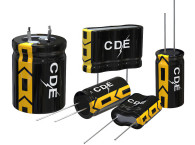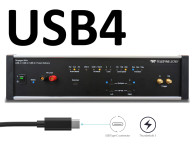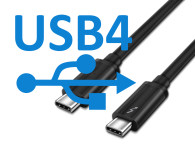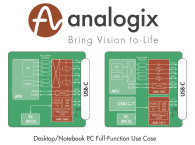The two companies invented unique material compounds and a cross point architecture for a memory technology that is 10 times denser than conventional memory. 3D XPoint technology makes new innovations possible in applications ranging from machine learning to real-time tracking of diseases and immersive 8K gaming and has the potential to revolutionize any device, application or service that benefits from fast access to large sets of data. This is also the first new memory category to reach the market since the introduction of NAND flash in 1989.
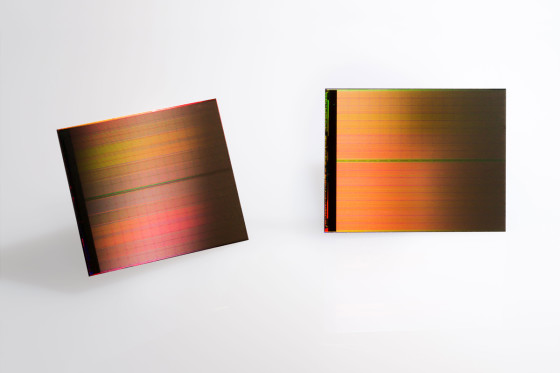
of data (Photo: Business Wire)
“For decades, the industry has searched for ways to reduce the lag time between the processor and data to allow much faster analysis,” said Rob Crooke, senior vice president and general manager of Intel’s Non-Volatile Memory Solutions Group. “This new class of non-volatile memory achieves this goal and brings game-changing performance to memory and storage solutions.”
“One of the most significant hurdles in modern computing is the time it takes the processor to reach data on long-term storage,” said Mark Adams, president of Micron. “This new class of non-volatile memory is a revolutionary technology that allows for quick access to enormous data sets and enables entirely new applications.”
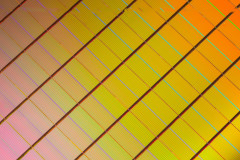
currently running in production lines
at Intel Micron Flash Technologies fab
(Photo: Business Wire)
As the digital world quickly grows – from 4.4 zettabytes of digital data created in 2013 to an expected 44 zettabytes by 20204 – 3D XPoint technology can turn this immense amount of data into valuable information in nanoseconds. The non-volatile nature of the technology also makes it a great choice for a variety of low-latency storage applications since data is not erased when the device is powered off.
Following more than a decade of research and development, 3D XPoint technology was built from the ground up to address the need for non-volatile, high-performance, high-endurance and high-capacity storage and memory at an affordable cost. It ushers in a new class of non-volatile memory that significantly reduces latencies, allowing much more data to be stored close to the processor and accessed at speeds previously impossible for non-volatile storage.
The innovative, transistor-less cross point architecture creates a three-dimensional checkerboard where memory cells sit at the intersection of word lines and bit lines, allowing the cells to be addressed individually. As a result, data can be written and read in small sizes, leading to faster and more efficient read/write processes.

point architecture for a memory
technology that is 10 times denser.
(Photo: Business Wire)
Perpendicular conductors connect 128 billion densely packed memory cells. Each memory cell stores a single bit of data. This compact structure results in high performance and high-density bits. In addition to the tight cross point array structure, memory cells are stacked in multiple layers. The initial technology stores 128Gb per die across two memory layers. Future generations of this technology can increase the number of memory layers, in addition to traditional lithographic pitch scaling, further improving system capacities.
The new memory technology also eliminates the need for transistors, increasing capacity while reducing cost. Memory cells are accessed and written or read by varying the amount of voltage sent to each selector. With a small cell size, fast switching selector, low-latency cross point array and fast write algorithm, the cell is able to switch states faster than any existing non-volatile memory technology today.
3D XPoint technology will sample later this year with select customers, and Intel and Micron are developing individual products based on the technology.
www.intel.com | www.micron.com



